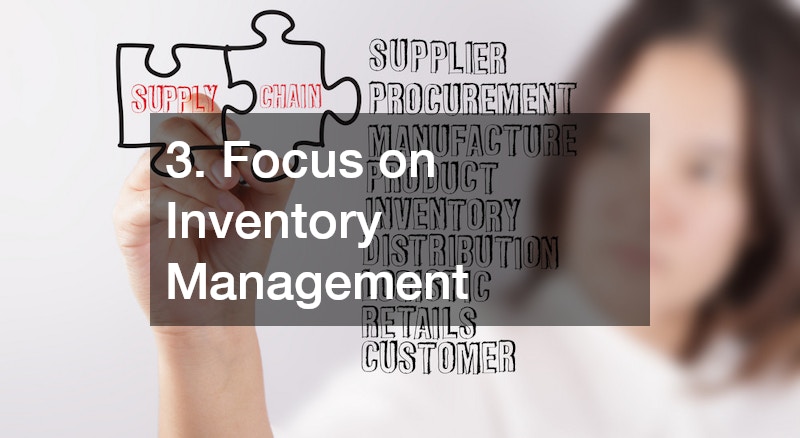A profitable warehouse business requires more than a place to store goods. Strategic planning, efficient operations, and a thorough understanding of the logistics industry are required. The demand for warehousing has grown significantly with the growth of global trade and e-commerce. This presents both opportunities and challenges to businesses in this industry.
This article will examine five essential tips that can help you run a profitable warehouse business and remain competitive in the market.
1. Optimize your warehouse layout
A warehouse layout that maximizes storage and streamlines operations is essential. Consider a layout that minimizes unneeded movement and reduces the time spent on picking and packing. Here are some strategies to consider:
Use Vertical Space
Investing in tall shelving and mezzanines will allow you to maximize your vertical space and increase your storage capacity without increasing the footprint of your warehouse.
Organise Inventory Strategically
Sort products by size, popularity, and frequency of use. Fast-moving products should be placed near packing and shipping areas to make them easier to retrieve.
Lean Principles
Adopting lean manufacturing principles will eliminate waste and improve workflows. To maintain an organized and clean workspace, use techniques such as 5S (Sort in order, Shine up, Standardize and Sustain).
2. Embrace Technology

Leveraging technology in today’s digital era can enhance your warehouse business’ efficiency and competitiveness. Consider these technological solutions:
Warehouse Management System
Implement a warehouse management system (WMS) to track inventory, improve order fulfillment, and increase overall warehouse productivity.
Barcodes and RFID Technology
Barcode scanners or RFID tags can automate the tracking of inventory, reduce errors, and improve accuracy.
Automation and Robotics
Automated guided vehicles (AGVs) and robotic pickers are excellent automation tools to reduce costs and increase productivity.
3. Focus on Inventory Management

Inventory management is crucial for minimizing costs, reducing shortages, and fulfilling orders on time. Here are some tips on how to optimize your inventory processes:
Implement Just-in-Time (JIT) Inventory
Consider adopting a strategy known as “JIT Inventory” to reduce storage costs and excess stock while ensuring you have the products available when required.
Use Demand Forecasting
Forecast demand using historical data, market trends, and predictive analytics. You can optimize your inventory and avoid under- or overstocking.
Establish Vendor Partnerships
Develop strong relationships with suppliers to secure reliable stock replenishment and reduce lead times.
4. Safety and Compliance Should be a Priority
It is essential to maintain a safe, compliant, and secure warehouse environment. This will protect your customers, employees, and assets. Here are some important considerations:
Safety Procedures and Training
Safety inspections and comprehensive training are required for all warehouse personnel.
Comply with the Regulations
Keep up to date with relevant regulations and standards governing warehousing, including OSHA (Occupational Safety and Health Administration), industry-specific regulations, and OSHA guidelines.
Investing in Equipment and Infrastructure
Make sure your warehouse has safety features like proper lighting, signs, fire suppression systems, and emergency exits. Maintain and inspect your equipment regularly to avoid accidents and breakdowns.
5. Provide Exceptional Customer Service
In today’s highly competitive market, providing excellent customer service will set your warehouse apart from your competitors and increase customer loyalty. Here are a few strategies to improve your customer service.
Responsive Communications
Keep open communication with customers. Address any concerns or questions they may have.
Flexible Shipping Options
To meet the diverse needs of customers, offer a variety of shipping options, including international shipping, expedited shipping, and lift-gate trucking.
Continuous Improvement
Use feedback to improve your processes and services. A profitable warehouse business requires strategic planning, a dedication to excellence, and careful decision-making. You can improve your business’s competitiveness by optimizing your warehouse layout and embracing technology.
Stay flexible and adaptable to market dynamics, customer needs, and innovation. You can build a profitable and thriving warehousing company with dedication and perseverance.
